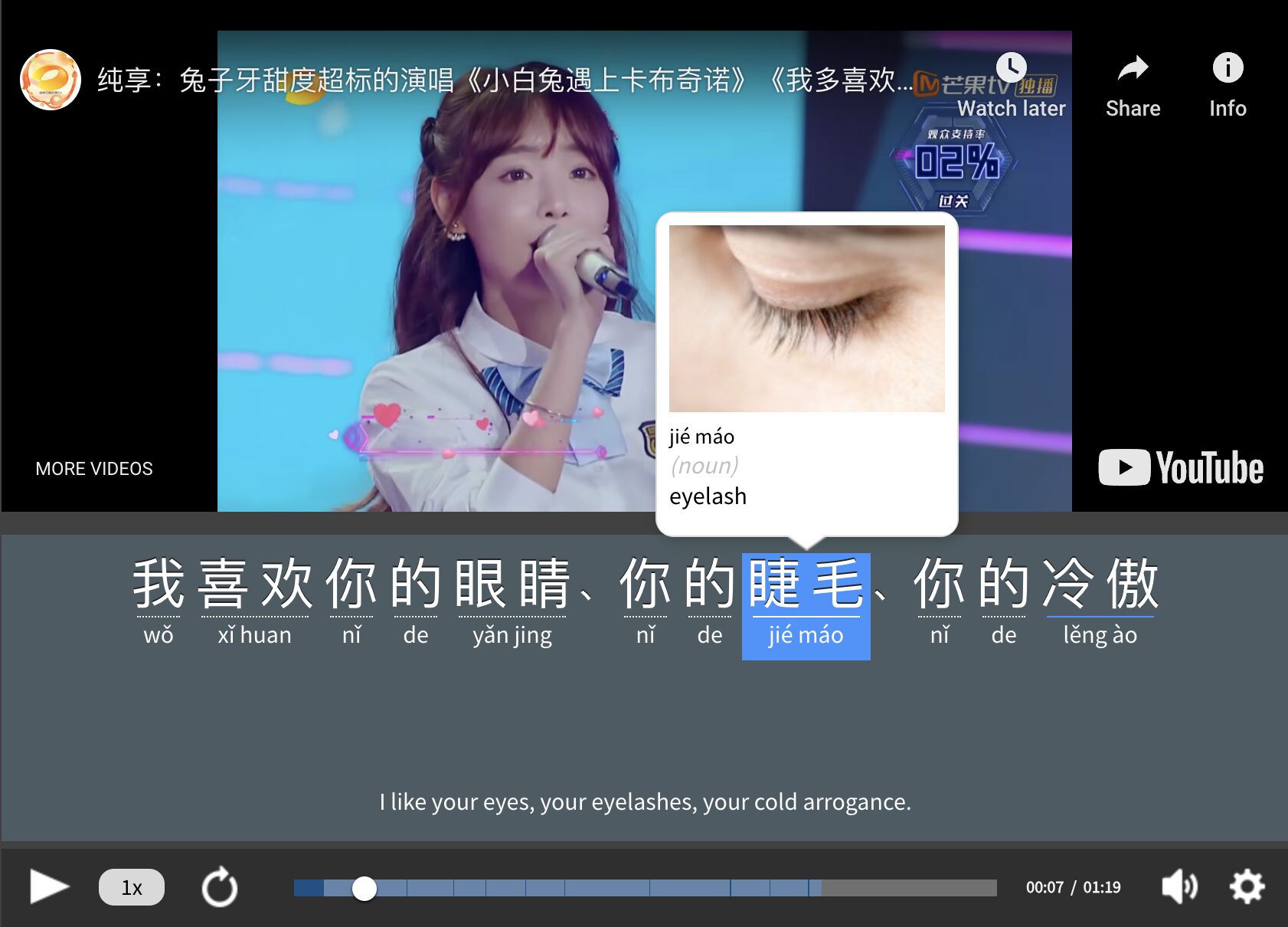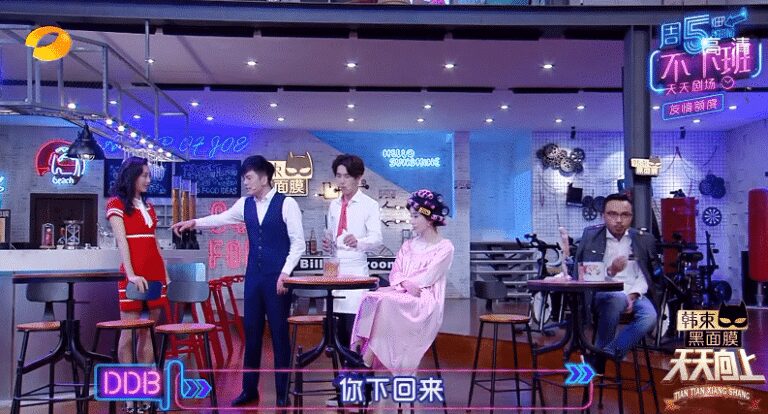Contents
- 1. Beckon with a down-turned palm
- 2. Place your chopsticks on top of your bowl
- 3. Present and accept gifts with both hands
- 4. Keep greetings formal
- 5. Stand up for a toast
- 6. Point to your nose
- 7. Counting on your hands
- 8. Fist and palm salute
- 9. Use an open hand to point at someone
- Gestures to Avoid in Chinese
- And one more thing...
9 Chinese Hand Gestures You Can Learn Today

What’s the most insulting gesture you can think of? Well, that probably depends on the culture. Learning about body language and gestures is a necessary part of communicating fluently with native speakers.
There are plenty of moves a Chinese person could make that would leave the unfamiliar traveler scratching their head. Here you’ll find some common Chinese hand gestures, plus a few you should avoid for the sake of manners.
Download: This blog post is available as a convenient and portable PDF that you can take anywhere. Click here to get a copy. (Download)
1. Beckon with a down-turned palm
Westerners will sometimes use their index finger to tell someone to “come here,” but that’s not how it’s done in many Chinese-speaking cultures.
To signal someone to “come here,” pull your fingers in a down-turned or sideways palm towards your body. This will almost look like a cat pawing at something.
This is a gesture mostly used among friends and young people. This motion wouldn’t be the best to use when communicating with your Chinese boss or superior. In a case like that, try to establish eye contact with the person and bow slightly. This is a much more formal beckoning gesture.
2. Place your chopsticks on top of your bowl
Instead of sticking your chopsticks into your dish bowl or laying them on a napkin when you’re done eating, it’s customary to place chopsticks that aren’t in use horizontally on top of your bowl.
In Chinese-speaking cultures (as well as several other Southeast Asian cultures) it’s a big no-no to stick your chopsticks upright into your rice while dining with others.
This mimics the appearance of funeral incense and is considered a sort of “death” omen. Younger generations don’t mind it as much—but doing this will still make you look a bit ignorant.
3. Present and accept gifts with both hands
When offered a gift, don’t snatch it up with one hand. Take the box or bag with both of your hands. The same goes for offering a gift—don’t offer it with just one hand, no matter how small the gift.
You should also do this when you accept or offer business cards. You want to make sure your potential business associate remembers you for the right reasons, so be sure to use both hands.
4. Keep greetings formal
Are you a big hugger? Sadly, this may not go over so well in China. Hugging, kissing cheeks, back-slapping or reaching out to touch a pin or tie before complimenting it are all major no-nos.
Nodding with a polite smile or shaking hands are preferred gestures when greeting someone, rather than friendly hugs.
Additionally, try to greet the oldest person first if you’re meeting a family or group of people. (Although, again, younger Chinese people don’t care so much about this.)
5. Stand up for a toast
When having a beer or throwing back a shot during a Chinese toast, stand up or tap the table with your palm somewhat loudly while drinking.
This is considered a more participatory, social way of making a toast at a party or business venture. Make sure you toast everybody at the table before drinking, too.
While the default Chinese toast literally means “dry cup,” it’s used in the same way as “Cheers”: 干杯! (gān bēi!)
6. Point to your nose
In Western cultures, people often touch their chest when referring to themselves. In China, you should point to your nose when referring to yourself.
Also, don’t touch someone else’s schnoz. It’s rude.
Of course, this may take some getting used to because, in places like Australia and New Zealand, this nose-touching gesture is a sort of wry one. While in the United States, this may be seen as a gesture for thinking.
7. Counting on your hands
In China, people don’t use both of their hands to count to 10 like we do in America (and many other countries). Instead, they use only one hand to count to 10.
The first numbers 1-5 are the same as the typical “American” hand gestures we’re used to when counting—sticking one finger up one by one. But once you pass five, specific hand gestures are used to represent numbers 6-10.
Watch the video above for a quick 25-second tutorial of all the Chinese hand gestures for numbers 1-10.
8. Fist and palm salute
Chinese people make a fist with their right hand and then put their left hand around it—covering the top of the fist—as a way to greet people and show respect. It’s known as 拱手 (gǒng shǒu) or 作揖 (zuò yī) in Mandarin.
You’ll see this very often at events like weddings and Spring Festival. It’s also used to show gratitude. Check out the video above to see it used in several contexts.
9. Use an open hand to point at someone
It’s rude to point your finger at someone in China—which is also considered rude in most English-speaking countries. Instead, if you need to point at someone, gesture at them with an open hand and use your whole hand.
You can see this demonstrated in this video, which also teaches you more Chinese hand gestures:
Gestures to Avoid in Chinese
Here are some gestures you should stay away from so that you make the best possible impression on your Chinese friends and acquaintances:
- No finger-pointing. This is considered extremely rude. Equally as bad is using chopsticks or other cutlery to point at someone or something. Pointing is bad enough, but pointing at someone with dirty chopsticks is somewhat antagonizing.
- Keep your hands to yourself. Making big sweeping hand gestures while speaking should be avoided. Drawing so much attention to yourself is considered rude and a little obnoxious in China.
- No excessive touching. Public displays of affection are frowned upon, as is having your hands all over someone else. Don’t make out in front of a bunch of other people in China. (Actually, don’t do this anywhere.)
- Feet are made for walking (and that’s it). Feet are considered dirty in China, which isn’t so different from Western culture. Crossing your leg in someone’s direction, putting your feet on a table, showing the soles of your feet or gesturing at people with your feet is very rude in Chinese cultures.
- Don’t be late. Punctuality is very much valued in many Chinese-speaking regions. Being fashionably late is considered a bit tacky, so try to arrive on time to dates and meetings no matter how casual they are.
- Keep the tip. It’s considered rude and stuck-up to tip a waitress, cab driver or other service worker in China.
If you’d like to see Chinese hand gestures in action to help you really get a sense for them, try checking out some Chinese movies, TV shows or even music videos.
You may also want to try an immersive language learning program like FluentU.
FluentU takes authentic videos—like music videos, movie trailers, news and inspiring talks—and turns them into personalized language learning lessons.
You can try FluentU for free for 2 weeks. Check out the website or download the iOS app or Android app.
P.S. Click here to take advantage of our current sale! (Expires at the end of this month.)
Even in a foreign language, everyone can understand the idea (and power) of body language. Human beings are so much more connected than we think.
Download: This blog post is available as a convenient and portable PDF that you can take anywhere. Click here to get a copy. (Download)
And one more thing...
If you like learning Chinese at your own pace and from the comfort of your device, I have to tell you about FluentU.
FluentU makes it easier (and more fun) to learn Chinese by making real content like movies and series accessible to learners. You can check out FluentU's curated video library, or bring our learning tools directly to Netflix or YouTube with the FluentU Chrome extension.
One of the features I find most helpful is the interactive captions—you can tap on any word to see its meaning, an image, pronunciation, and other examples from different contexts. It’s a great way to pick up vocab without having to pause and look things up separately.
FluentU also helps reinforce what you’ve learned with personalized quizzes. You can swipe through extra examples and complete engaging exercises that adapt to your progress. You'll get extra practice with the words you find more challenging and even be reminded you when it’s time to review!
You can use FluentU on your computer, tablet, or phone with our app for Apple or Android devices. Click here to take advantage of our current sale! (Expires at the end of this month.)













